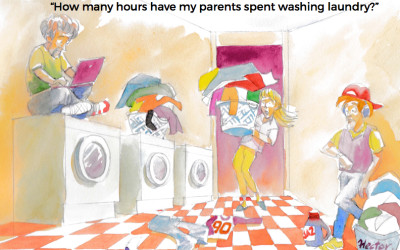
By: Reyna Gobel MBA, MJ
When it’s cold and dark outside, it’s normal to want to curl up underneath a blanket or enjoy a hot chocolate, However, for 5 percent of adults, Seasonal Depression is much more than that. It may mean feeling lethargic up to feeling suicidal. If anyone is feeling suicidal, we recommend seeking immediate help. For those with less severe symptoms, we talked to Sherry Adams, Student Wellness Counselor at CUNY Graduate School of Public Health and Health Policy.
Get Outside
When you’re depressed because it’s cold out, getting outside seems like the last thing you want to do. However, if you stay indoors, you could experience a snowball effect. For instance you may feel isolated now. Imagine if you stay away from friends and family for a month, similar to what many of us experienced during the height of COVID. Take a walk and do something small as grabbing a cup of coffee from your favorite coffeeshop. Pick a place that you called ahead to make sure it’s fairly warm. If you venture outside and the place you choose barely has working heat, you’re less likely to venture outside frequently. An intermediate step is doing a Zoom exercise class where you interact with others.
Pay Attention to Patterns
If this is your first time feeling depressed in the winter, it’s a far different situation than experiencing seasonal depression for years. Adults experiencing seasonal depression annually should consider seeking out the help of a therapist. There are a variety of treatments available such as phototherapy and temporary prescriptions for antidepressants.
Learn about Phototherapy
One of the reasons seasonal depression happens is that in addition to the cold weather, there’s less sunlight. Phototherapy can replace your need for sunlight by providing high doses of light during therapy sessions. Anyone who is interested in learning more about phototherapy should speak to their doctor as it is not recommended when people have certain medical conditions., says Adams.
Take Temporary Antidepressants Prescriptions When Needed
Getting into a cycle of depression can sometimes be limited by a shorter-course antidepressant prescription. “Weaning off appropriately can be very comfortable, says Adams. “A doctor can help people do that.”
Bottom Line
Seasonal depression seems like a disease that can be fixed just by putting on a coat and getting outside. However, for 1 in 20 adults its part of a larger depression pattern. with low-level symptoms, get outside and meet up with friends. If experiencing more serious symptoms such as suicidal thoughts, seek the help of a mental professional.
When it’s cold and dark outside, it’s normal to want to curl up underneath a blanket or enjoy a hot chocolate, However, for 5 percent of adults, Seasonal Depression is much more than that. It may mean feeling lethargic up to feeling suicidal. If anyone is feeling suicidal, we recommend seeking immediate help. For those with less severe symptoms, we talked to Sherry Adams, counselor for the School of Public Health at the City University of New York. If seeking immediate help outside of a therapist’s hours call the 24/7 National Suicide Prevention Lifeline at 800-273-8255. Also, I do work with students who are experiencing severe symptoms like suicidal thoughts.
Note: Sherry Adams was interviewed as an individual. Her opinions are her own and don’t represent the CUNY School of Public health.



